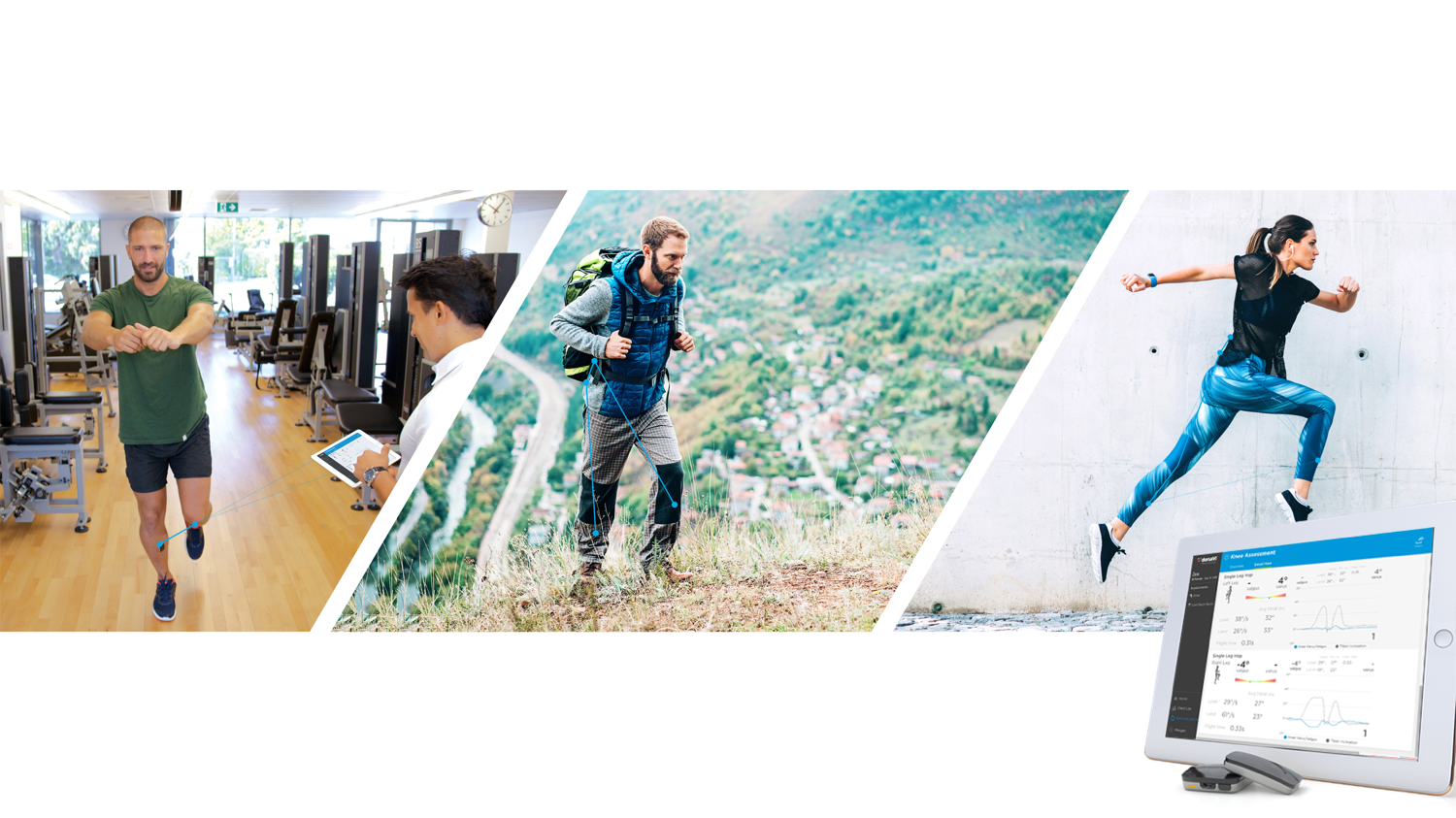We tend to think that with wearables there is safety in numbers, however that isn’t reality. Wearables are, at times, a game changer, especially when the technology behind them far exceeds our expectations, and we integrate it properly into an internal program. The Bureau of Labor Statistics, which is the formal authority on “the numbers” in the United States of America, has reported once again that safety in the workplace is at an all-time low. For example, in 2017, there were 1.1 million nonfatal injuries that happened at work. Each injury caused an employee to miss an average of nine days. While this may not seem like a lot of time off, in reality, it is quite a bit for the company, the employee, and the economy as a whole.
These injuries are troublesome for everyone and it’s time to change the narrative. How, then, do we do this? For starters, businesses need to find a better way to manage their safety. Typically, they don’t even know where to start. Figuring out where the lost time comes from is just the beginning. It becomes more complicated when pinpointing the root cause of a given injury. While traditional ergonomic assessments are used to help in the workplace, they don’t provide enough data to make a significant difference. Because they only typically examine one part of a worker’s day, and not the entire extend of their role and how they do their job, they often fall short.
DorsaVi is a game-changer in this respect; it is a motion sensor technology leading the clinical and wearable spaces. By combining miniature biomechanical instruments with sensors, we are able to see both the employee’s muscle activity, as well as their movement. And it is an objective, FDA-cleared technology. Through video, this objective observer can also see the environmental risks for injury faced by the employee. By taking a real-time, authentic look at how employees are working, we are able to see the changes that can be deployed to reduce the risk of workplace injuries significantly.
Removing the veritable guesswork traditionally found in workplace safety planning, means dorsaVi’s data brings a much higher level of confidence to the decision-making process. Employees are also empowered to take personal management of their safety and health. “There is an ever-growing appetite for personal performance data, and the use of dorsaVi products in both the clinical market and workplace market is really resonating with the individuals who are being assessed. Seeing their personal movement data in an easy to understand graphic format brings about greater compliance to prescribed treatment programs or manual handling guidelines,” says Megan Connell, Chief Marketing Officer.
A phone application and a dashboard are included with DorsaVi’s myViSafe™ solution. Here employees may access their assessments and track how they are doing. The reports give employees a level of comfort that their concerns are not only being seen, but also heard. It is helping everyone – from the boardroom to the mailroom.
“DorsaVi’s innovative wearable sensor is used by leading businesses globally to identify movement risk, make manual handling policy decisions, develop and execute effective manual handling training programs, and to inform and guide equipment selection,” says Connell. Because the dorsaVi technology captures data on various parts of the body, it gives an honest, objective assessment. The holistic approach from the product engages everyone using it. As companies like Amazon are turning to other providers to outsource everything from their delivery to their call centers, the benefits derived from the knowledge this data presents is invaluable. Because we can look at everything from static postures to repetitive movement to sustained movement to muscle activity, dorsaVi’s wearable solution provides a much higher level of engagement in any workplace safety program.
Heathrow Airport is a tremendous example of how using dorsaVi has reduced their workplace injuries significantly. Within one year of use, the organization decreased manual handling injuries by almost 60%. The same statistic is also true with their increase in the use of manual handling aids. DorsaVi helped employees reduce shoulder muscle strain by almost 70%, while they also decreased back muscle strains by a whopping 90%. The reality is that these numbers speak for themselves.
Measuring our outcomes and arming our employees with the information and knowledge they need to do their jobs with reduced risk of injury is good for everyone. DorsaVi’s proven solutions help employees remain safer both inside and outside an organization.



